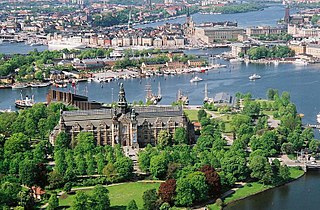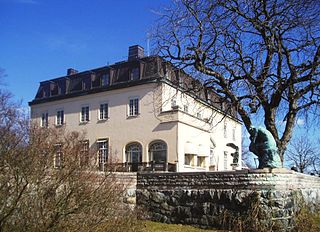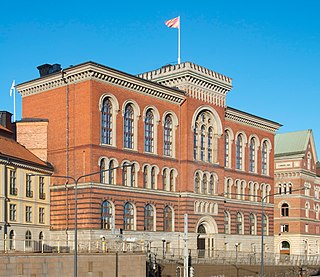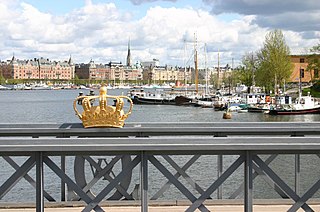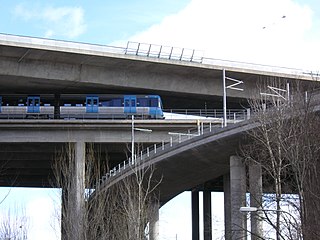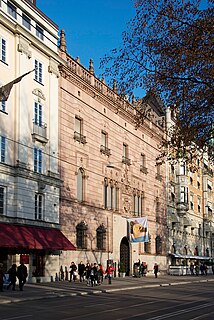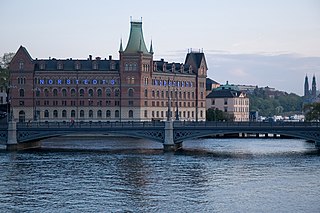
Uggleviksreservoaren (Swedish: The "Uggleviken Reservoir") is a water reservoir located in the forest Lilljansskogen near Uggleviken, a fen at Norra Djurgården in north-eastern central Stockholm, Sweden.
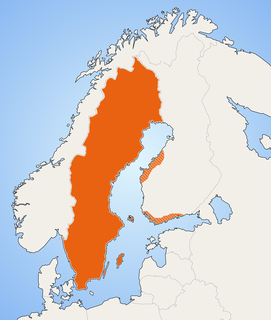
Swedish is a North Germanic language spoken natively by 10 million people, predominantly in Sweden, and in parts of Finland, where it has equal legal standing with Finnish. It is largely mutually intelligible with Norwegian and to some extent with Danish, although the degree of mutual intelligibility is largely dependent on the dialect and accent of the speaker. Both Norwegian and Danish are generally easier for Swedish speakers to read than to listen to because of difference in accent and tone when speaking. Swedish is a descendant of Old Norse, the common language of the Germanic peoples living in Scandinavia during the Viking Era. It has the most speakers of the North Germanic languages.

Uggleviken is a former bay and lake in Norra Djurgården, a semi-rural area in north-eastern central Stockholm, Sweden, forming part of the Royal National City Park.

A fen is one of the main types of wetland, the others being grassy marshes, forested swamps, and peaty bogs. Along with bogs, fens are a kind of mire. Fens are minerotrophic peatlands, usually fed by mineral-rich surface water or groundwater. They are characterised by their distinct water chemistry, which is pH neutral or alkaline, with relatively high dissolved mineral levels but few other plant nutrients. They are usually dominated by grasses and sedges, and typically have brown mosses in general including Scorpidium or Drepanocladus. Fens frequently have a high diversity of other plant species including carnivorous plants such as Pinguicula. They may also occur along large lakes and rivers where seasonal changes in water level maintain wet soils with few woody plants. The distribution of individual species of fen plants is often closely connected to water regimes and nutrient concentrations.
The concrete structure, design by architect Paul Hedqvist and built in 1935, is composed of 64 pillars, each of 1×1 metre cross section and 14 metres tall, [1] carrying the uninsulated tank of 78×39×6 metres, containing 18 thousand cubic metres, crowned by a small lantern. One of the most prominent landmarks in central Stockholm observable from elevated locations kilometres away, the classical structure has a monumentality further amplified by its elevated location in a forest remote from any other buildings. It is one of few remaining, visible traces of the ambitious municipal projects carried through in the early 20th century, still witnessing the restraints and possibilities of casting techniques anticipating pre-stressed concrete and slipform constructions. [2]
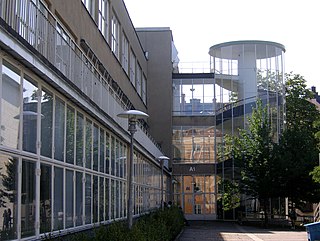
Paul Hedqvist was a Swedish modernist architect with many official commissions in Sweden through the 1930s, including housing projects, major bridges, many schools, and urban planning work. His practice evolved into designing office towers and at least one major stadium in the postwar 1950s. At one point he served as the city architect of Stockholm.
